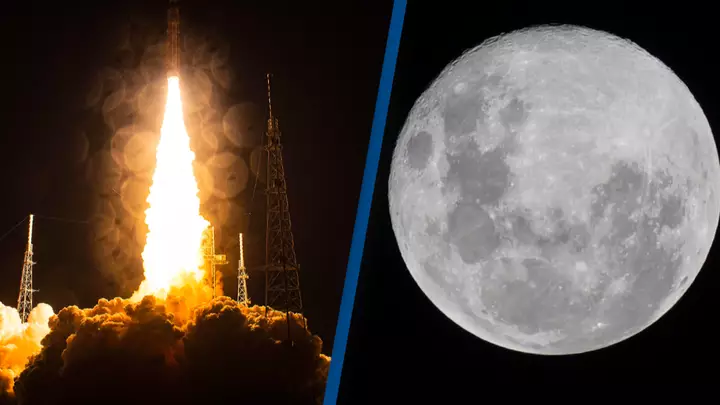The US looks set to recreate the moon landings very soon… well, sort of.
And now, the US looks set to try and repeat it.
However, it won’t be quite as exciting, as this lander – named Peregrine – will have no one on board.
Instead, it plans to send NASA instruments to study the moon’s environment.
This information will help with the successes of NASA’s future Artemis missions to the moon – which will be manned.

The Artemis missions have the aim of building a lunar base on the surface of the moon.
“One of the big challenges of what we’re attempting here is attempting a launch and landing on the surface of the moon for a fraction of what it would otherwise cost,” NASA’s Thornton Wednesday said at a press briefing at his company’s base in Pittsburgh.
“Only about half of the missions that have gone to the surface of the moon have been successful,” he went on.
“So it’s certainly a daunting challenge.
“I’m going to be terrified and thrilled all at once at every stage of this.”

The Peregrine is set to take off on Christmas Eve from Florida.
It’s on board the inaugural flight of the new rocket from the ULA industrial group, named Vulcan Centaur.
It will take just a few days to enter the moon’s orbit.
However, because of needing the correct light conditions, it will have to wait until January 25 to attempt to land on the moon’s surface.
All of this will happen automatically and will not need human control – although staff will be monitoring the situation from a control center.
Only four countries have successfully landed on the moon so far; the United States, Russia, China and, most recently, India.
“NASA leadership is aware of the risks and has accepted that some of these missions might not succeed,” said Chris Culbert, the CLPS program manager.
“But even if every landing isn’t successful, CLPS already had an impact on the commercial infrastructure needed to establish a lunar economy.”
